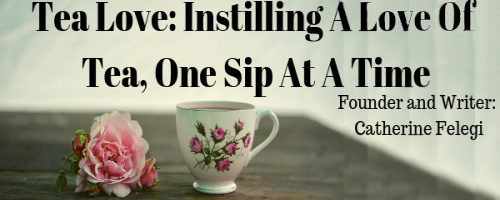Oolong tea, also known as wu long tea (translated to mean “black Dragon”), is mostly recognized as the tea served in many Chinese restaurants.
It is unknown exactly when oolong tea was created, though historical records do indicate that it was first grown in the Fujian Province of Taiwan, where it is still grown today. This region is known to be sub-tropical, warm and humid, which is perfect for oolong!
Not even the name has an exact root. It is possible that is named after a place name or a variety of tea plant, or maybe the lucky symbolism of a dragon.
What is certain, on the other hand, is the production of the tea. Oolong tea is made from the same type of leaf as black and green teas. However, they are fermented for different amounts of time. They must be processed immediately upon being picked. First, they are withered in the direct sunlight and then shaken to lightly bruise the edges of the leaves. Next, they are air-dried in the shade until the leaves turn a light yellow. This process is repeated several times.
Oxidizing takes different lengths of time depending on the type of oolong. Leaves are pan fried at a high temperature in order to prevent further oxidation. They now have less moisture and thus a longer shelf life than green teas. Finally, they are graded, packaged and sold to our favorite stores.
Oolong tea can have 15-50 mg of caffeine content in it, so it has 18.75% – 62.5% the amount of caffeine of a cup of coffee. In other words, if you are sensitive to caffeine, avoid this tea. A water temperature of 150-160 degrees is ideal. Green oolong teas should only be brewed for 2-3 minutes, while dark oolong teas should be brewed for a bit longer. 3-5 minutes usually is enough to do the trick. If you brew the tea for longer, you will increase the caffeine content of the tea, so be careful of this.
If you have had tea in a Chinese food restaurant, you know what this tea tastes like. If not, it has a sort of bitter taste to it with sweet undertones. It can be appealing to some and is a popular tea, but first timers might be best with a bit of honey or sugar.
Though not too much is certain about oolong tea, it is certain that it is one amazing tea!
Photo Credit:
Source Credit:
Chinaculture.org. “Fujian.” Chinaculture.com, 2003. Web. 6 Dec 2011.
For Meaningful Life Tea. “Oolong Tea.” For Meaningful Life Tea, 2001. Web. 6 Dec 2011.
The Fragrant Leaf. “Basic Tea Brewing and Storage.” The Fragrant Leaf, 2011. Web. 7 Dec 2011.
The Fragrant Leaf. “Oolong Tea Production.” The Fragrant Leaf, 2011. Web. 7 Dec 2011.
The Oolong Tea. “About Teas.” The Oolong Tea. Web. 6 Dec 2011.
Paajanen, Sean. “Tea Brewing Temperature Guide.” About.com, 2011. Web. 7 Dec 2011.


Oolong is definitely an acquired taste. I will stick with green tea with lemon grass, no sugar or milk. Very soothing.
And I am unamimous about that 🙂
LikeLike
Oo! Green tea with lemon grass? That sounds really tasty! What brand makes that?
LikeLike
Hi, i will share your post !
LikeLike
Thank you so much! I greatly appreciate it 🙂
LikeLike
Blech! Oolong! Definitely my least favorite tea! Maybe I just haven’t found the right one!
LikeLike
LOL, yea, I am personally OK with it. It’s not on the top of my tea list.
LikeLike
Pingback: Tea Ceremony: Destination China « Tea Love
Pingback: “Oolong” or “Green” Tea « healingthymeproducts
Thank you so much for reading!
LikeLike
Pingback: A Virtual Trip to The Charleston Tea Plantation « Tea Love